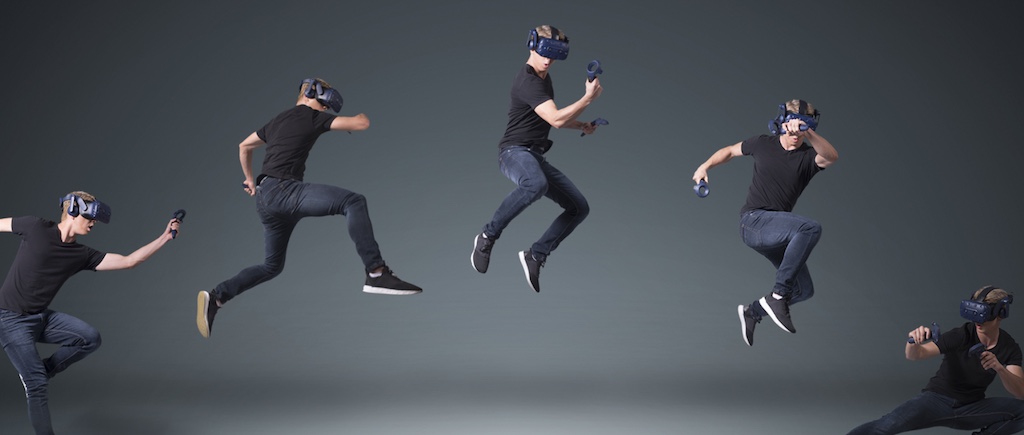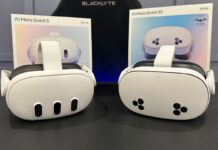
CES 2018 is winding down, and while virtual reality has been a big deal in previous years, VR had some major new developments this year.
 Oculus Go
Oculus Go
Oculus has already announced the Oculus Go, its first standalone VR headset. At CES 2018, it filled in some details. The new headset will be manufactured by Xiaomi. The power needed to process virtual reality with a PC, smartphone or wires will be supplied by Qualcomm’s Snapdragon 821 processor.
The Oculus Go has been shown to developers and it was recently been submitted for FCC approval in the U.S. (usually a sign a product is close to shipping), but we still don’t know when Oculus plans to roll out this new VR headset, other than the vague “sometime this year.”
So stay tuned on that front.
 HTC Vive Pro
HTC Vive Pro
HTC’s Vive is one of the leading virtual reality headsets. And now HTC has upped the bar, with the all new Vive Pro.
Virtual reality with this new headset is going to be a lot more immersive. Graphics resolution has been increased by 78%, to a combined 2880 x 1600 pixels for the dual OLED displays. In addition, audio gets a big boost with integrated headphones that offer Hi-Res, 3D spatial audio. There are now dual front-facing cameras. Showing that the company is listening to user feedback, the Vive Pro headset has been redesigned to offer improved ergonomics, including more balanced weight distribution and easy to use dial to adjust sizing.
HTC says the Vive Pro is compatible with existing Vive tracking stations, so if you upgrade you won’t have to replace and re-install hardware. You can also improve tracking accuracy with up to four base stations.
 HTC Vive Wireless Adapter
HTC Vive Wireless Adapter
From my perspective as a virtual reality newbie—but also someone who spends a lot of time analyzing technology trends—perhaps the biggest VR announcement at CES 2018 wasn’t a headset at all. It was HTC’s new Vive Wireless Adapter.
If you check out my review of the HTC Vive from December, you’ll see that one of the things that detracted from an otherwise very cool VR experience was wires. The Vive has a thick bundle of cables connecting it to the PC, which it relies on for graphics processing, audio and as the platform that actually runs the software.
The new Vive Wireless Adapter (coming in the fall) uses Intel’s WiGig technology to cut the cable between the Vive or Vive Pro headset and your PC. No more wires to plug in or trip over!

Where the Oculus Go is offering cable-free VR by moving everything onboard the headset and subsequently impacting the end result, HTC is offering the option to move up to even more immersive VR than ever with the Vive Pro, and get the same wireless freedom using the Vive Wireless Adapter. I think this has the potential to be a game changer …
If you want to take the VR plunge now, Best Buy has everything you need from virtual reality headsets to VR-capable gaming computers.
Not sure if you missed out on anything from CES 2018? Plug-in contributor have been writing about CES developments all week, so check it out.




there seems to be many good developments in the Virtual reality with upcomiing VR headsets set to launch in the coming year.
I wonder if the old 3DoF games will be compatible with the Oculus Go.
Comments are closed.